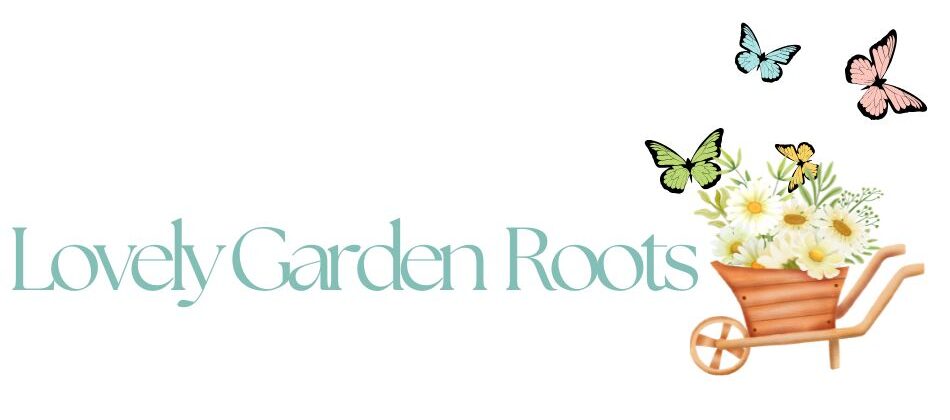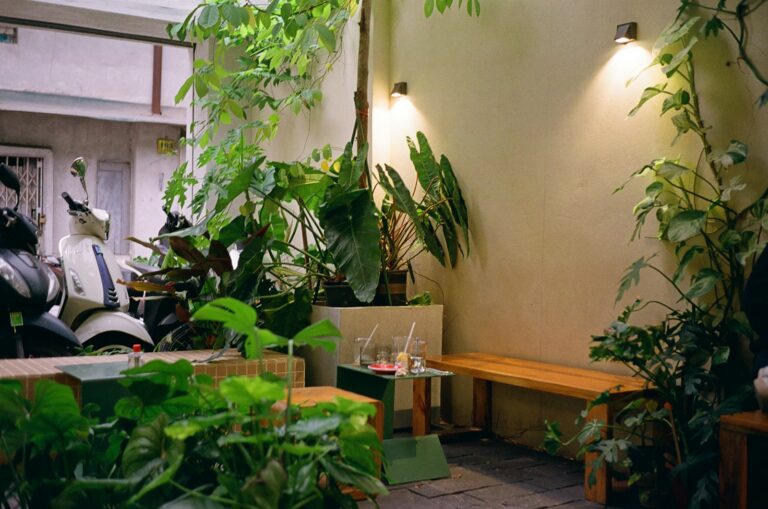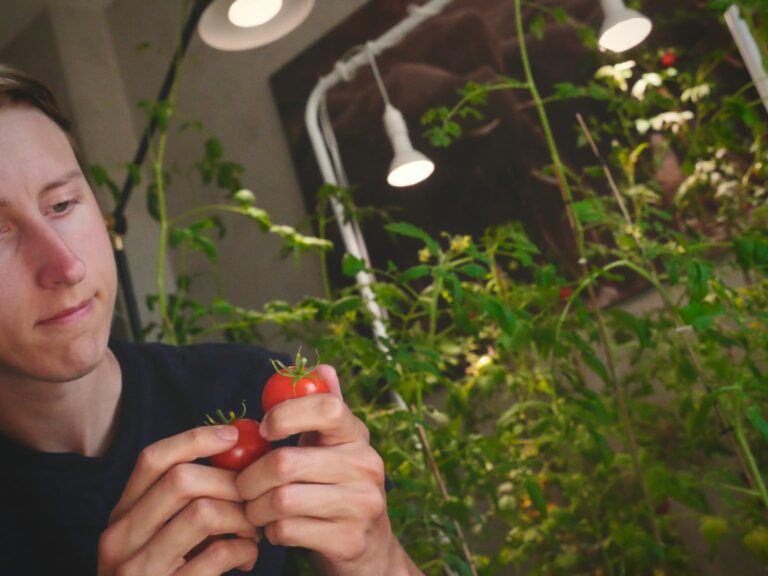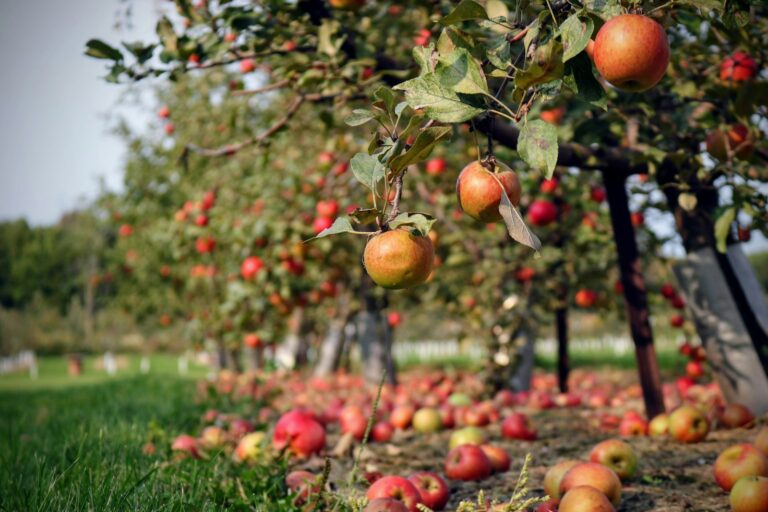Soil Secrets: What Every New Gardener Should Know for Healthy, Thriving Plants
If you’re just starting your gardening journey, understanding your soil is one of the most important steps you can take. Healthy soil is the foundation for strong plants because it holds moisture, nutrients, and air in the right balance. Without good soil, your garden won’t thrive no matter how much care you give your plants.
You don’t need complicated mixtures or fancy products to improve your garden’s soil. Simple organic ingredients and some know-how can make a big difference to your plant’s growth and health. Getting to know your soil will help you make smart choices about what to plant and how to care for it.
Understanding Soil Basics
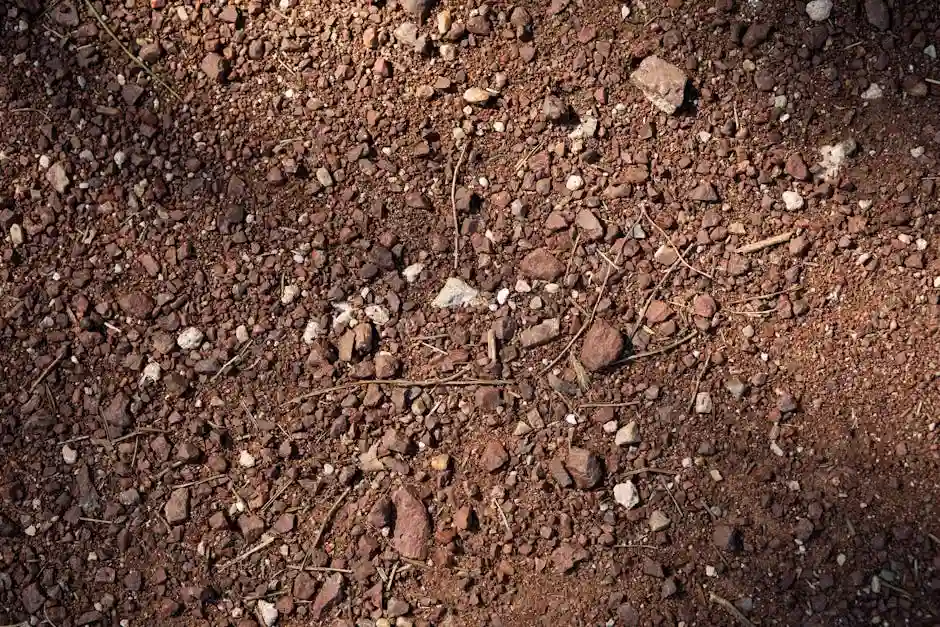
Soil directly affects how well your plants grow. Knowing how soil is composed, the types you might find, and how its texture and structure influence water and nutrient flow can help you make smarter gardening choices.
What Is Soil Made Of?

Soil is a mix of mineral particles, organic matter, water, and air. The mineral particles include clay, sand, and silt, each impacting soil behavior differently. Clay holds water but drains poorly, sand drains fast but retains little water, and silt falls in between.
Organic matter, such as decomposed plants and animals, adds nutrients and helps soil hold moisture. Air spaces in soil are crucial for roots to breathe. Water fills some of these spaces but too much or too little can harm plants.
Your soil’s makeup determines how well it holds nutrients and water, and how easily roots can grow.
Types of Soil and Their Characteristics
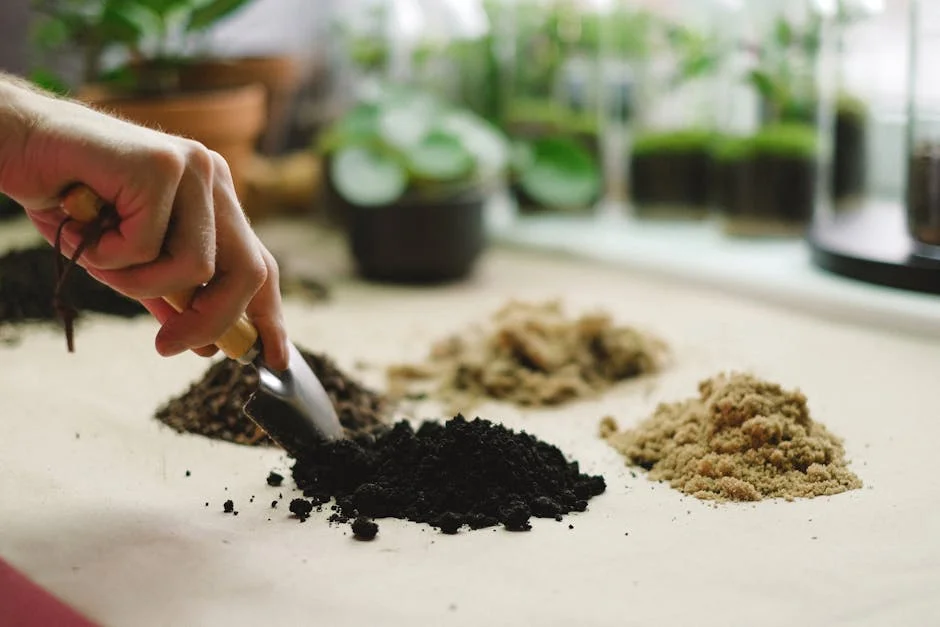
There are five main soil types: sandy, clay, silt, loam, and peaty. Each has unique traits that affect plant health.
- Sandy soil: Drains quickly, warms fast, but struggles to hold nutrients. Ideal for drought-tolerant plants.
- Clay soil: Heavy and slow-draining, it stays wet longer but can become compacted.
- Silt soil: Smooth and fertile, but it can get waterlogged.
- Loam soil: A balanced mix of sand, silt, and clay, loam is fertile and drains well—great for most plants.
- Peaty soil: Rich in organic matter but acidic, often found in wetlands and good for acid-loving plants.
Knowing which soil type you have helps you select or amend soil to improve plant growth.
Soil Texture and Structure Guide
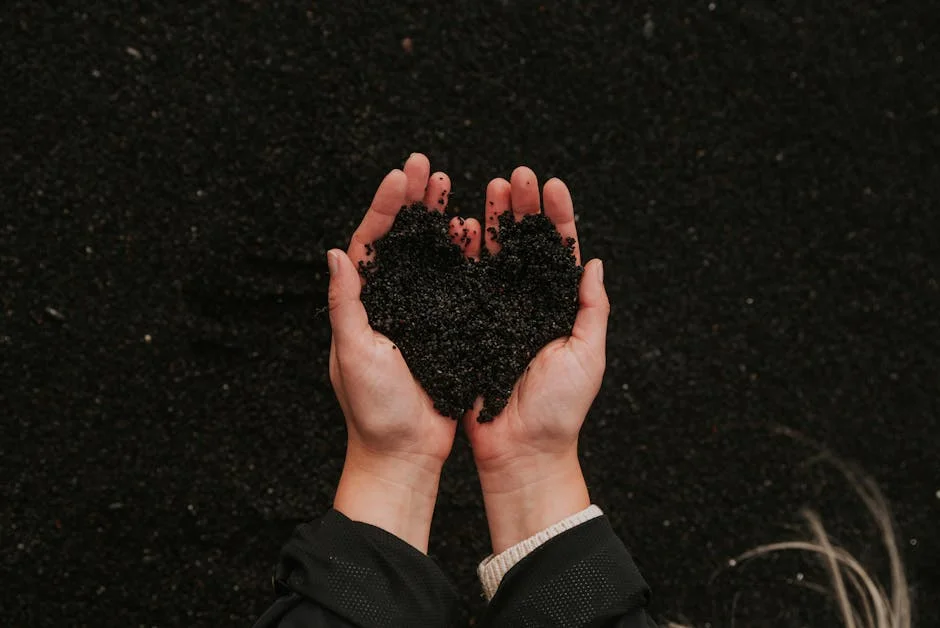
Soil texture refers to the size of mineral particles, while structure is how those particles clump together.
You can feel your soil to estimate texture:
- Sandy soil: Gritty and loose.
- Clay soil: Sticky and firm when wet.
- Silty soil: Smooth and floury.
Structure affects water movement and root health. Good soil has granules or crumbs that create air spaces. Poor structure, such as hard clumps or crusts, stops water and roots from penetrating.
You can improve soil structure by adding organic matter like compost. This helps soil hold moisture while staying loose enough for roots to grow.
Understanding these basics helps you create the right environment for thriving plants. Learn more about soil components and their roles in gardening at Victory Garden 2.0 Soil Basics.
Testing and Improving Your Garden Soil
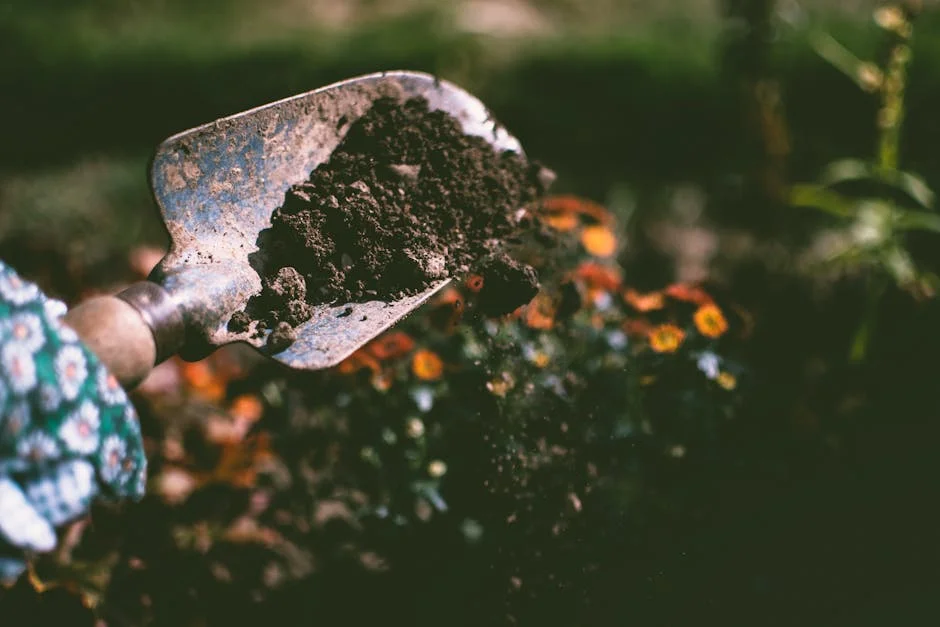
Understanding your soil’s condition is key to growing healthy plants. You’ll need to check nutrient levels, pH balance, and structure. Making the right adjustments can boost growth and prevent common problems.
How to Test Your Soil
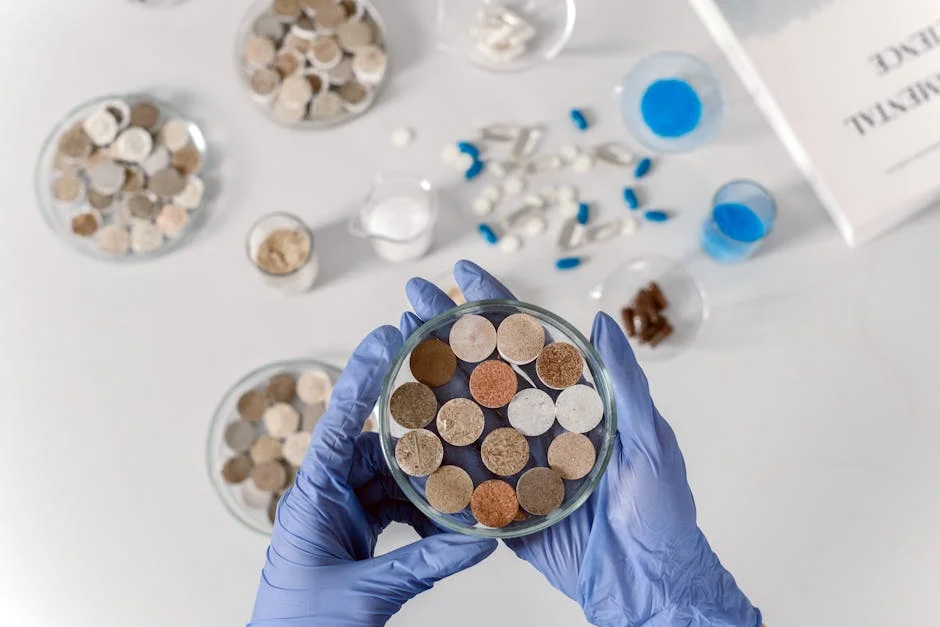
Start by collecting soil from different spots in your garden, about 6 inches deep. Mix these samples together for a more accurate overall picture. Use a soil test kit or send samples to a local extension lab.
Tests reveal nutrient content and pH levels, which guide your next steps. Testing in late summer or early fall is ideal for planning changes before planting. Testing helps you avoid wasting time and money on incorrect amendments.
Keep detailed notes from each test to track soil health over time. Adjust as needed, based on the results.
Correcting Soil pH for Healthy Plants
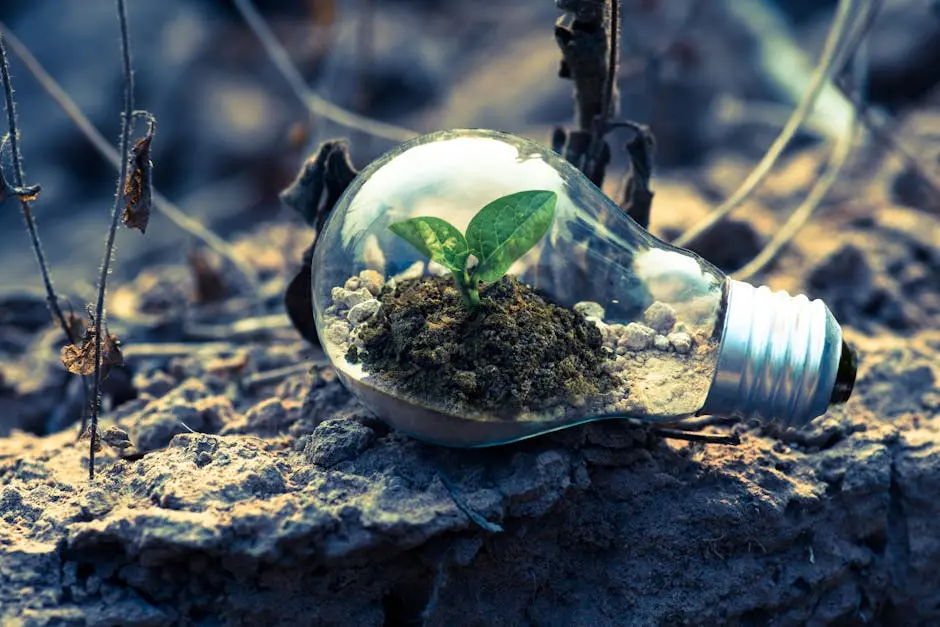
Most plants prefer a pH between 6.0 and 7.0, but some thrive outside this range. A soil test will tell you if your soil is too acidic or alkaline.
If pH is low (acidic), add lime (calcium carbonate) gradually. For high pH (alkaline) soils, sulfur or organic materials like pine needles can help lower it. Adjust slowly—sudden big changes can shock plants.
Regularly check pH, especially if your garden shows signs like yellowing leaves or poor growth. Matching plant choice to soil pH can increase success.
Organic Matter and Amendments
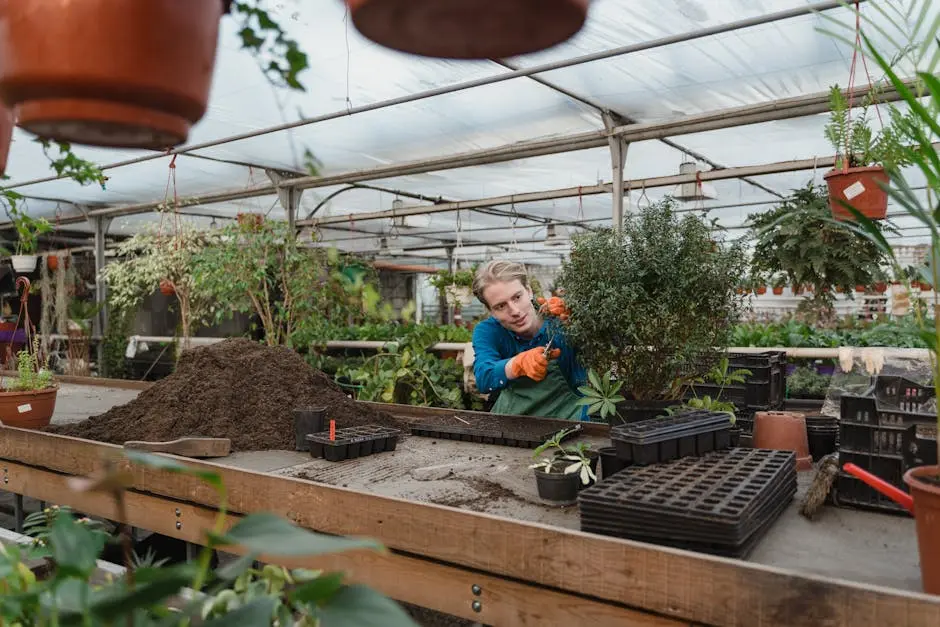
Adding organic matter improves soil structure, water retention, and nutrient supply. Compost, aged manure, and leaf mold are great choices.
Work organic matter into the top 6-8 inches of soil before planting. This encourages healthy root development and beneficial microorganisms.
Avoid fresh manure, as it can burn plants or contain pathogens. Mulching with organic materials also helps maintain soil moisture and temperature. For specific nutrient needs, supplement with balanced fertilizers after testing. For more ideas, see ways to improve garden soil effectively.
Building Healthy Soil Life
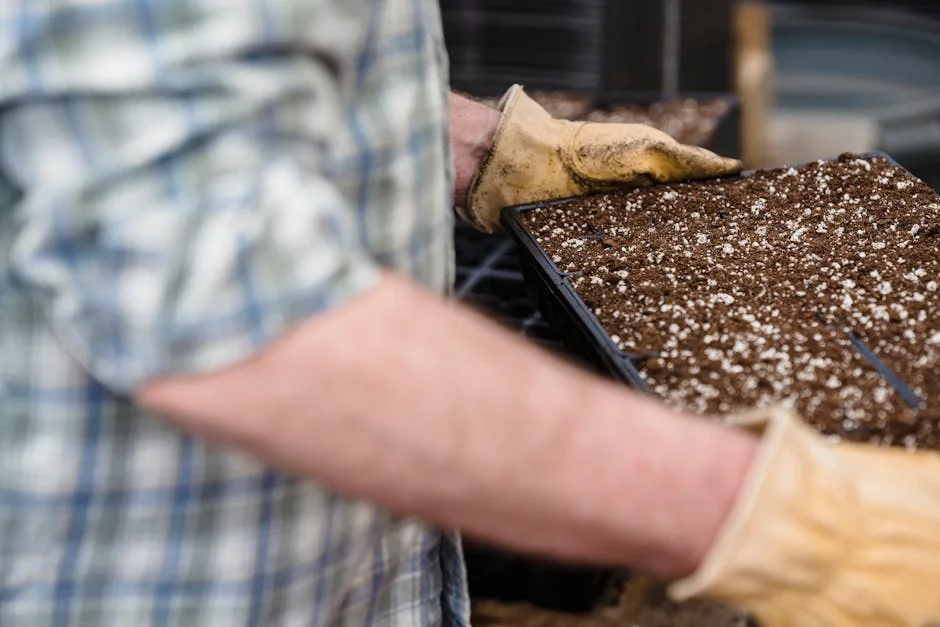
Strong, living soil is the foundation of a thriving garden. You need a lively mix of tiny organisms and helpful creatures to break down organic matter, cycle nutrients, and keep your soil structure healthy.
Importance of Soil Microorganisms
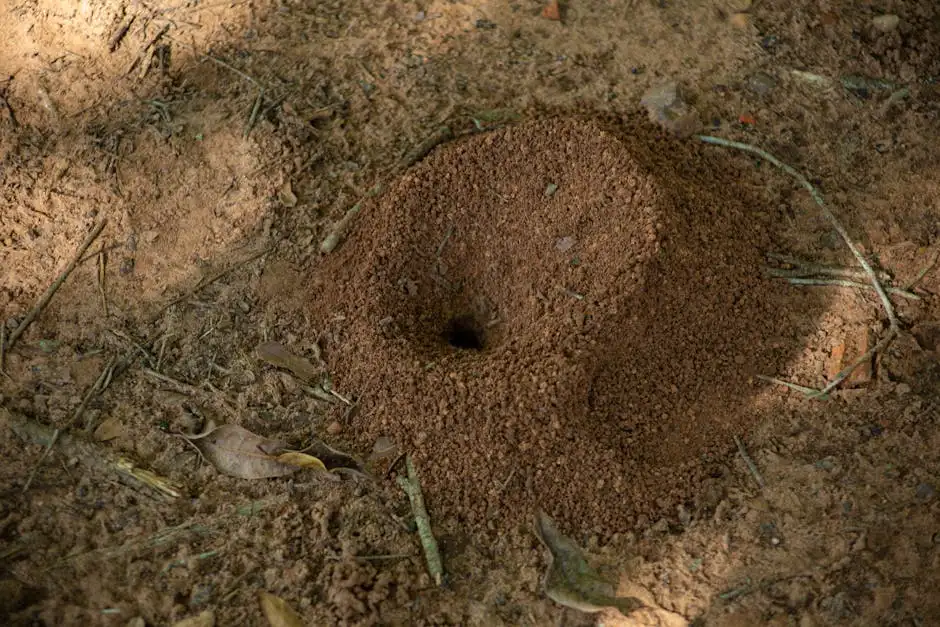
Microorganisms like bacteria and fungi work silently beneath the surface. They break down leaves, roots, and other organic materials into nutrients plants can absorb. Some fungi form partnerships with plant roots, improving water and nutrient uptake.
Avoid chemicals that kill this vital life. Instead, add organic matter like compost to feed these microbes. Regularly rotating plants and maintaining moisture also help keep your microbial community active and balanced.
Encouraging Earthworms and Beneficial Insects

Earthworms are nature’s tillers. Their burrowing aerates soil, allowing better root growth and water movement. They also digest organic material, making nutrients more available to plants.
To attract earthworms and beneficial insects, keep your soil covered with mulch or plant residues. Avoid pesticides, and maintain moisture without overwatering. You can add things like eggshells or ash to improve pH and provide minerals, creating a welcoming environment for these helpful creatures. For more details on adding eggshells and ashes, see this gardening tip.
Common Soil Problems and Solutions
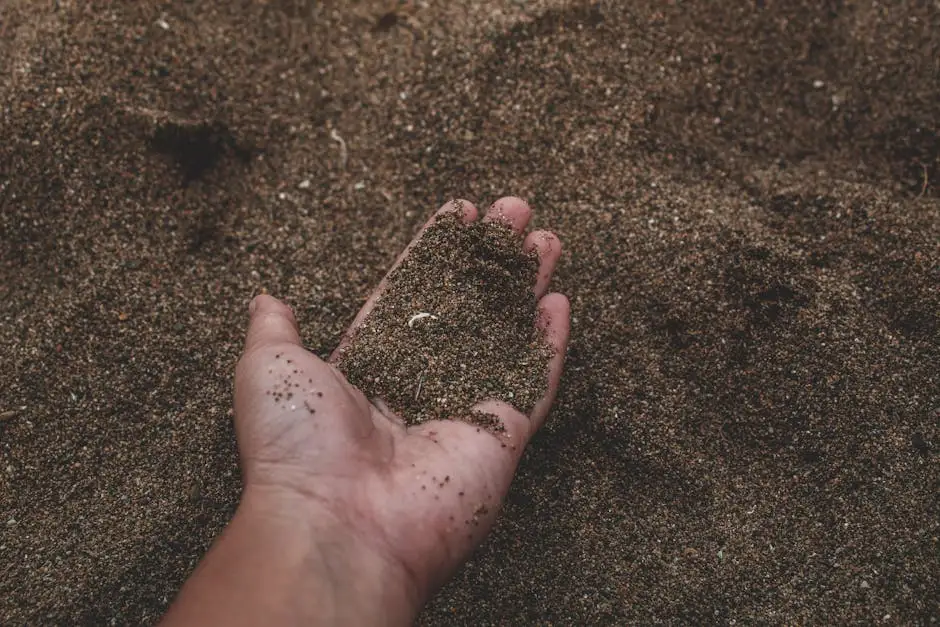
You may face issues like water pooling, hard soil that roots struggle to grow in, or soils that have unsafe materials. Knowing how to spot these problems and take targeted action can help your garden thrive.
Recognizing Poor Drainage
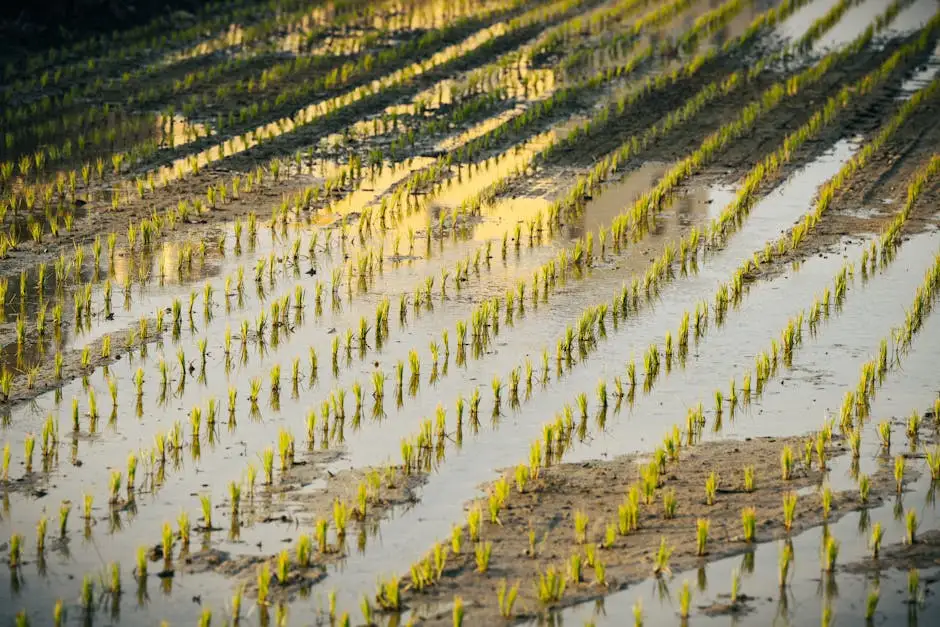
Poor drainage shows itself when water stays on the soil surface or your plants’ roots sit in soggy conditions. You might notice puddles after rain or watering that don’t disappear quickly.
To fix this, try loosening the soil by aerating or adding organic matter like compost. Creating raised beds can also help water drain away from roots. If your soil is heavy clay, mixing in sand or fine gravel may improve drainage.
Watching your plant leaves for yellowing or wilting can also indicate drainage problems. Consistent sogginess means oxygen isn’t reaching roots, which can cause root rot.
Dealing with Compacted Soil

Compacted soil feels hard and resists digging or root growth. This can happen if you walk on wet soil or use heavy machinery over your garden bed.
To reduce compaction, gently loosen soil with a garden fork or aerator. Avoid working when the soil is overly wet because it compacts more easily.
Adding organic materials such as leaf mold or compost improves soil texture. Mulching after loosening helps maintain softness and prevents future compaction.
Compacted soil often leads to poor water absorption and nutrient uptake. Breaking it up encourages roots to spread and strengthens plant health.
Handling Contaminated or Polluted Soil
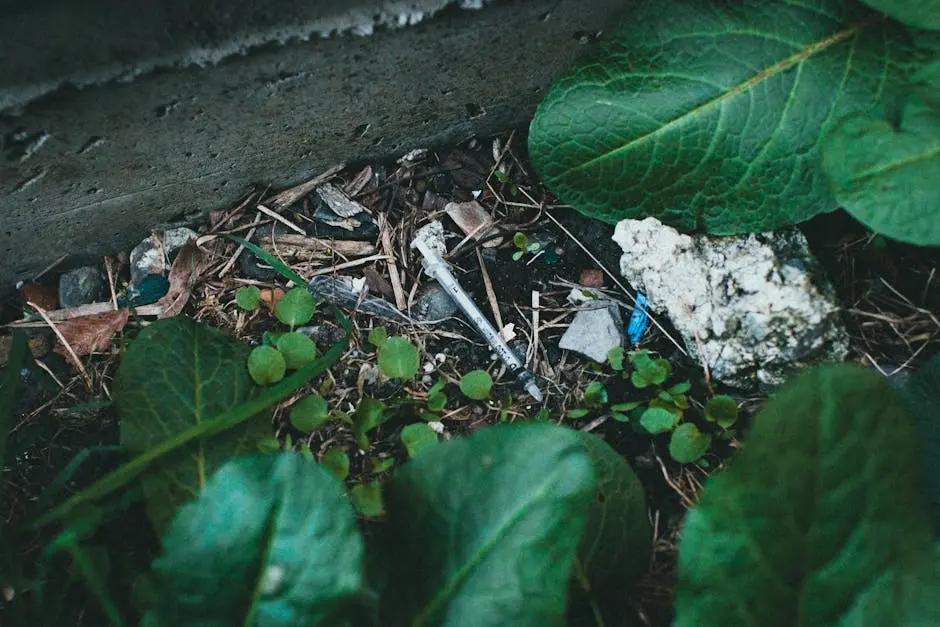
If your soil contains chemicals, heavy metals, or toxins, your plants may fail to grow or produce unsafe food. This issue is common in urban areas or near industrial sites.
Start by testing your soil for contaminants, especially if you suspect pollution. You can do this through local extension services or certified labs.
Remediation may involve replacing the topsoil, using raised beds with clean soil, or planting certain crops that absorb toxins (phytoremediation). Avoid growing edible plants directly in contaminated soil until it’s safe.
Using organic matter and maintaining balanced pH levels supports beneficial microbes that help detoxify soil naturally over time.
Maintaining Soil Quality for the Long Term
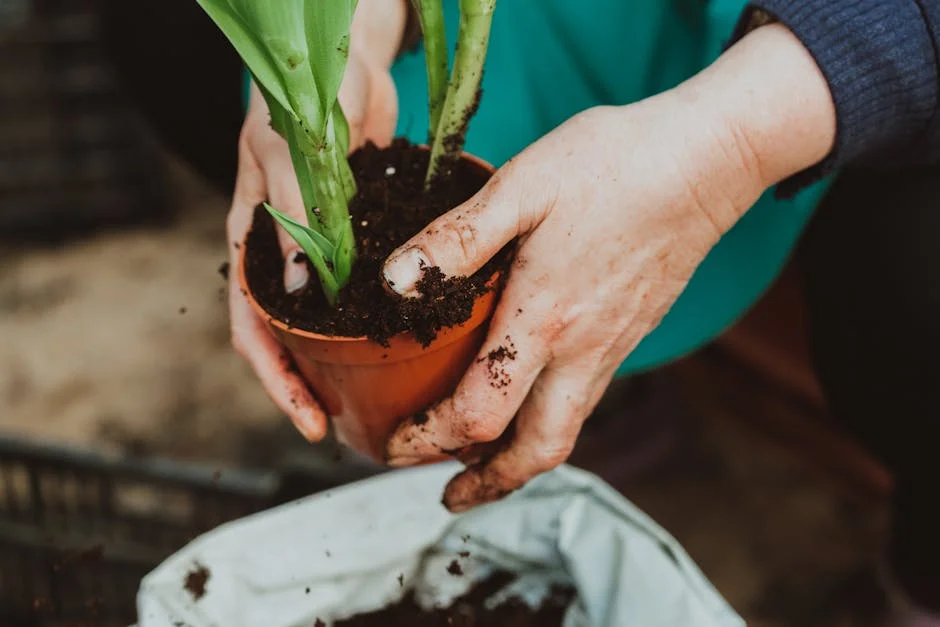
Keeping your soil healthy requires consistent effort and smart techniques. You’ll want to focus on managing nutrients, protecting soil structure, and preventing pests and diseases without harming the soil ecosystem.
Crop Rotation Techniques
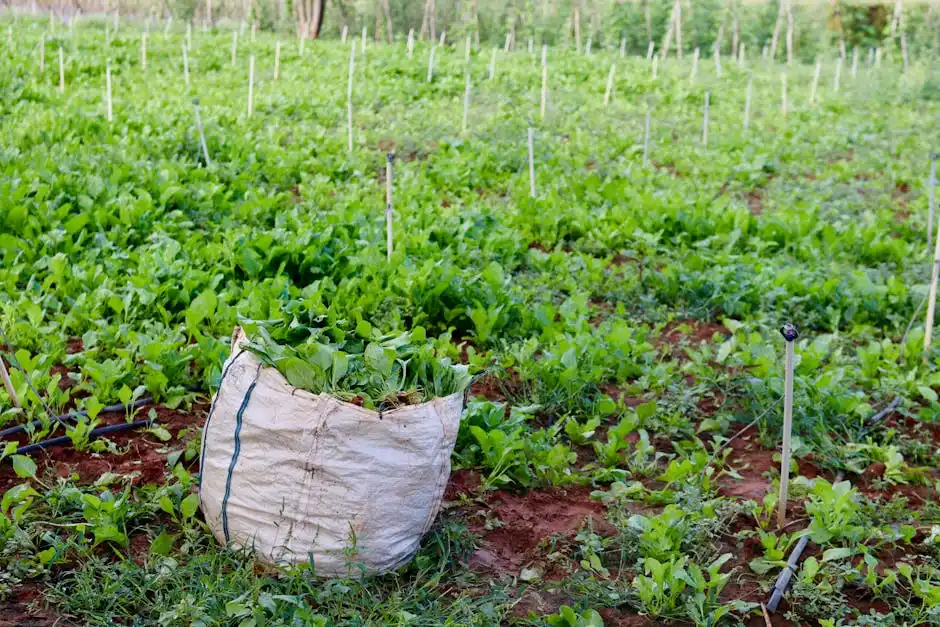
Rotating crops helps balance nutrient use in your soil and reduces pest buildup. Avoid planting the same family of vegetables in the same spot year after year.
For example, follow legumes like beans or peas with heavy feeders such as tomatoes or corn. Legumes add nitrogen, helping the next crops grow better.
You can also rotate root vegetables with leafy greens to avoid soil nutrient depletion. Planning a rotation schedule of 3-4 years protects soil health and improves yields.
Keep a simple chart or journal tracking what you plant where to avoid repeating crops too soon. This practice reduces the need for chemical fertilizers and pesticides.
Mulching Benefits and Methods
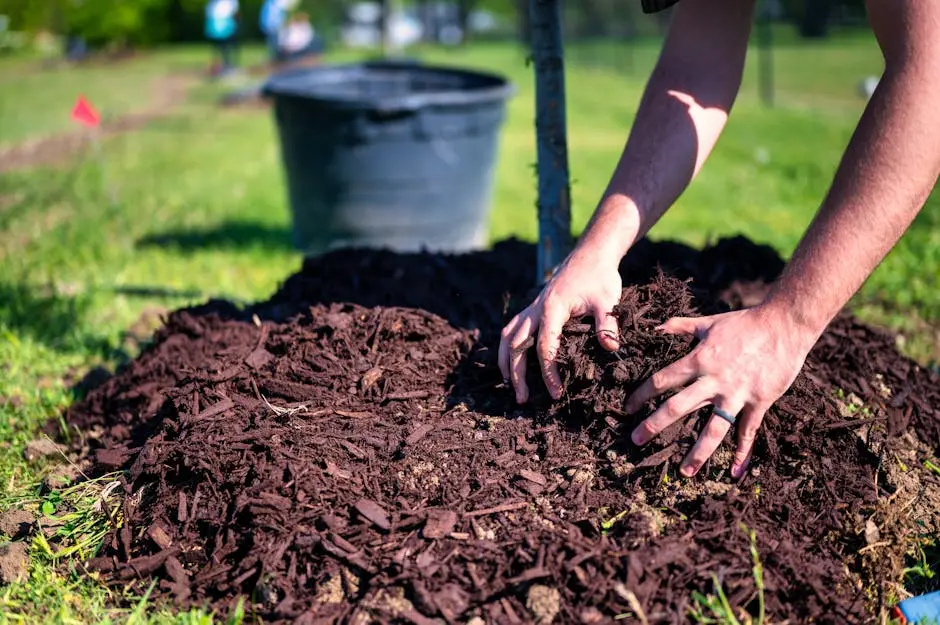
Mulching slows moisture loss and prevents weed growth while feeding the soil as it breaks down. Use organic materials like straw, shredded leaves, or bark chips.
Apply a 2-4 inch layer around your plants, keeping mulch a few inches from stems to avoid rot. Mulch also insulates the soil, keeping roots cooler in summer and warmer in winter.
As mulch decomposes, it adds organic matter to the soil, improving texture and water retention. You can replenish mulch yearly or as it breaks down.
For quick soil protection, try layering compost with mulch to feed microbes and prevent erosion.
Seasonal Care Tips
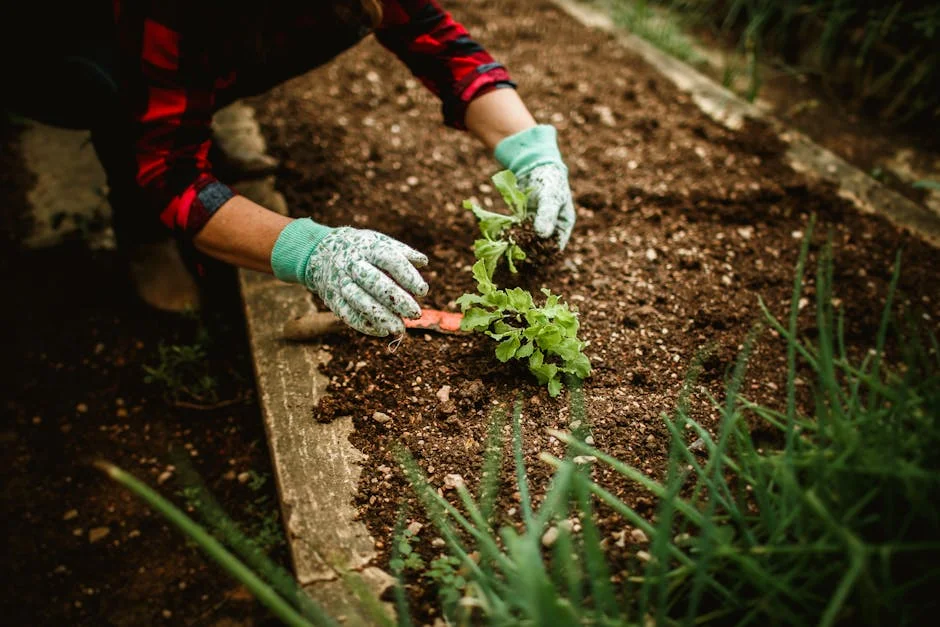
Adjust your soil care with the seasons to maintain quality year-round. In spring, prepare soil by working in compost or organic matter to boost nutrients.
During summer, keep soil covered with mulch or ground covers to reduce evaporation. Water deeply but less frequently for better root growth.
In fall, remove spent plants but leave roots in the ground if possible, as they help soil structure. Add a layer of compost or cover crops like clover to protect soil over winter.
Winter care focuses on preventing erosion and nutrient loss by keeping soil covered or planting winter-hardy cover crops. This ensures your soil is ready for spring planting.
